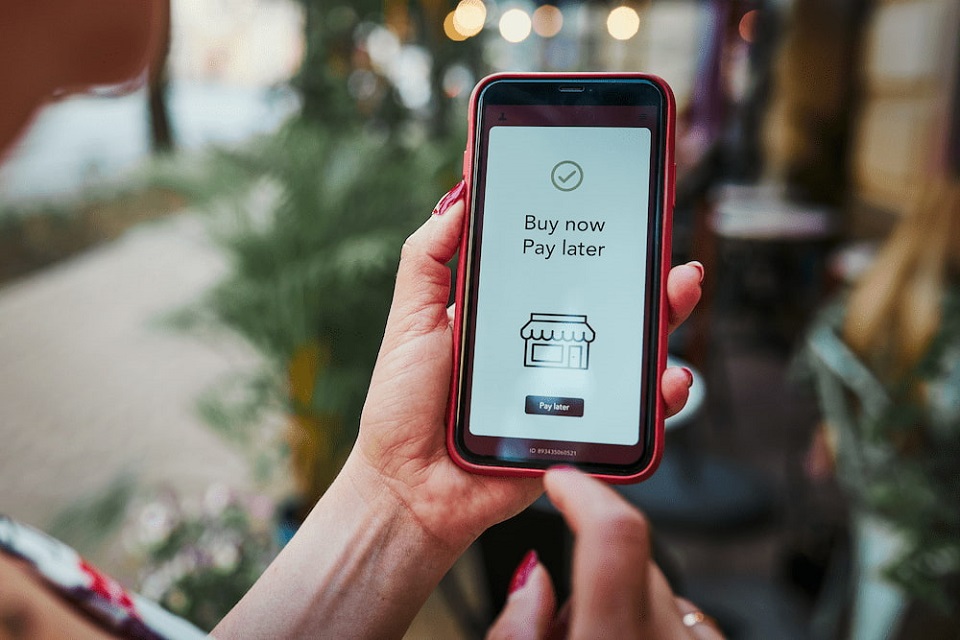The focus on small and medium-value expenditures is one of the factors behind BNPL’s relatively fast growth in Vietnam. BNPL services can be cheaper, faster and more convenient than similar options provided by traditional financial institutions through credit cards, or by other financial companies through consumer loan products. An additional plus point is that BNPL can help customers build and improve their credit scores.
The development of BNPL in Vietnam is reminiscent of the e-wallet boom a few years back. A similarity shared by the pioneers in these two industries (Momo for e-wallets, Fundiin and Kredivo for BNPL) is that they are holding a big market share thanks to their first-mover advantage. Another resemblance is that both BNPL and e-wallets are apps, so the competition will also be based on which market player offers the most enjoyable, convenient and comprehensive customer experience.
However, BNPL focuses almost exclusively on the lending market, so it may face greater competition from traditional financial institutions because lending is one of the latter’s main businesses. This will become more obvious as the competition among BNPL companies intensifies and the market gradually becomes saturated. When that’s the case, BNPL companies may have to look for other sources of revenue such as short-term loans. Meanwhile, e-wallets and traditional financial institutions like banks are showing a strong symbiosis with each other. E-commerce platforms like Shopee have also joined the BNPL race, benefitting from the big pool of potential customers already active in their ecosystem.
Many BNPL providers are currently focusing on two main tasks: expanding the network of merchants linked to their services, and improving the ability to calculate loan repayment capacity most accurately.
In my opinion, risk management and user protection are two other highly important priorities. Many consumers in Vietnam don’t have adequate financial literacy, which can lead to overspending and insolvency, especially when BNPL service providers misjudged their customers’ capacity to pay off debt. BNPL companies need to have targeted, effective risk management tools, and limit their customers’ use of BNPL to purchase several products at the same time.
If BNPL companies are not able to manage their risks properly, it can lead to failure to make a profit or even collapse as was the case with Openpay in Australia recently. When a BNPL business goes under, many merchants may not be able to recover money from the products and services they have already provided. Moreover, with the current economy marked by high inflation and high interest rates, investors tend to switch their portfolios away from risky investments and technology companies tend to lay off staff. As a result, BNPL companies are likely to suffer a wave of liquidity shortages, which could negatively affect the growth of the industry.
In addition, the current legal framework for BNPL is still unclear. If BNPL grows widely without strict governmental regulations, it will likely lead to increased bad debt and serious impact on credit scores since some consumers tend to spend more than they can afford. This in turn can negatively affect the economy.
Story: Dr Pham Nguyen Anh Huy, Senior Lecturer in Finance, Founder of RMIT FinTech-Crypto Hub, RMIT University Vietnam
Masthead image: panuwat – stock.adobe.com | Thumbnail image: Fokussiert – stock.adobe.com





